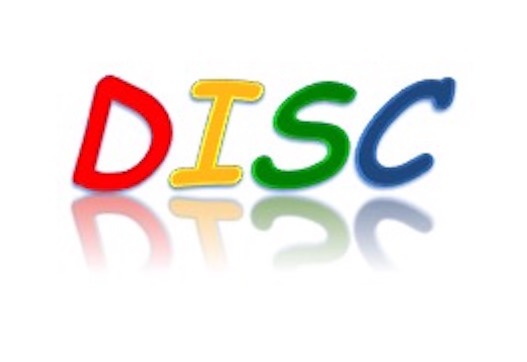Have you ever been in a conversation that is headed nowhere fast?
Where everyone is increasingly frustrated as both sides keep talking? We all have. Interactions in a team or group is often diverse, involves different communication styles, and can take effort. You don’t always understand where your team members are coming from, what are they really asking you, and what their intentions truly are. You may also have an uncomfortable feeling the other person is having a similar experience and the outcomes of those interactions are not what you needed. You are likely to feel disappointed, aggravated and even exhausted. Your coworker is probably feeling the same way.

One important step towards more effective communication is recognizing that we have preferred communication styles.
We naturally feel more comfortable with certain behaviors and we may perceive others’ intentions and behaviors differently. Here are some reasons why other DISC styles may be frustrating to us and why they may communicate differently.
Those D’s Can Be So Frustrating!
D’s are saying to other DISC styles, “Get moving on this and get it done ASAP!”
The other DISC styles are responding, “Too much pressure! Don’t rush us!”
The D’s perspective is, “I need to get this started so it can get done!”
We need to acknowledge what D’s bring to the table. D’s embrace change and want to achieve great things, which, typically in the end, benefit us all.
Those I’s Can Be So Frustrating!
I’s are saying to other DISC styles, “Oh that reminds me of the time I went on vacation and rented a car to visit my best friend Lily from college, but then she wasn’t home. So then we decided to see if Melody, my other best friend from college was home, but we actually didn’t have her address or phone number so we decided to go shopping. We had so much fun!…where was I going with this story?! Oh right! About this project due next week…or was it due today? etc. etc…”
The other DISC styles are responding, “Focus on the task! Stop talking all the time!”
The I’s perspective is, “Getting to know people and experiencing positive things are very important to the success of our team.”
What I’s bring to the table is the I’s optimism and positive influence. This is the fuel that drives their success – the happier they are, the harder and better they work.
Those S’s Can Be So Frustrating!
S’s are saying to other DISC styles, “That will never work – it’s just not how we do things here!”
The other DISC styles are responding, “Don’t always resist everything!”
S’s perspective is “Holding on to basic values will keep our team on the right course.”
What S’s bring to the table is once the S’s makes a decision about a situation or have bought into a given a task they will pursue and accomplish it (or put up road blocks) with single-minded purpose. They are also strong protectors of their team.
Those C’s Can Be So Frustrating!
C’s are saying to other DISC styles, “We have completed a careful review and recommend that we stick to the facts and data to make informed decisions. We may need to go back over Sections 1, 2, and 3.”
The other DISC styles are responding, “Don’t be so focused on the smallest details!”
C perspective is “Before we can even start, we need to understand issues thoroughly.”
What C’s bring to the table is C’s listen for the facts and details of a situation so that they can help you design a solution. They make sure everything works the way it should.
Effective communication can take energy, awareness and concentration. When recognizing that individuals have different communication styles and ways of perceiving roles, actions and situations we can become less frustrated and more focused on the multi-dimensional strengths and goals of our team.
